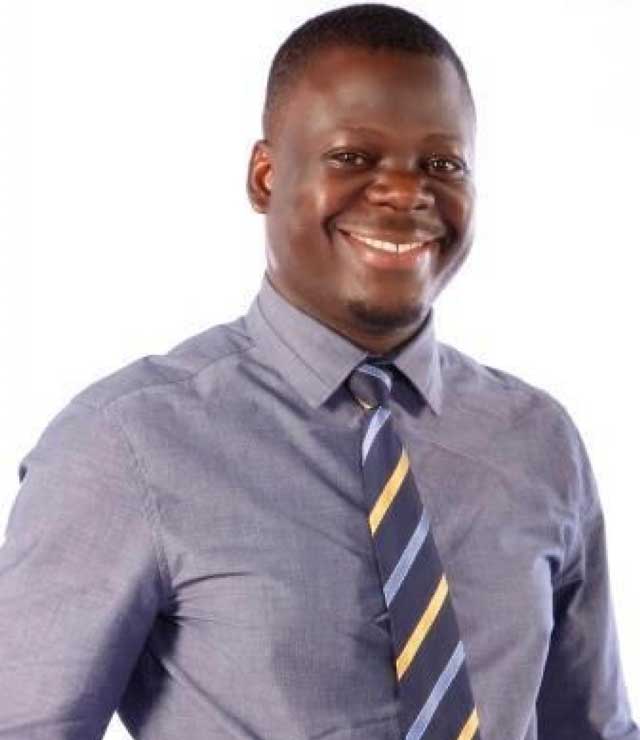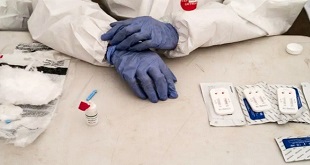
Kampala, Uganda | THE INDEPENDENT | Moving to Canada at a time when the Coronavirus Disease (COVID-19) that has quickly become a global pandemic was a strange flu-like illness hitting parts of China, Dennis Lewis Bukenya never anticipated that he would ever get involved in any work related to the disease or any other public health concern.
Even as he has managed a local youth NGO; Naguru Teenage Centre and has been an HIV activist for over 15 years, he had in February moved to Canada for family reasons.
Soon, he realized that he needed to take part especially when the World Health Organization and Centers for Disease Control and Prevention started pointing out that misinformation was creating more harm than the virus itself, a problem he had encountered when dealing with HIV among the youth. At the time, he realized that the disease was taking a heavy toll on people with compromised immunity like those living with HIV.
Bukenya then requested to volunteer for a Global Youth HIV Organization; Let’s Stop AIDs that was at a time coming up with strategies for ensuring youth living with HIV are safeguarded and have all the information they require to stay safe.
Then the organization embarked on ensuring people around the world get access to accurate information about COVID -19, that’s when they came with an on-line platform that has information translated in 20 languages including Luganda, Luo, Swahili, Zulu, Bemba, Arabic, Filipino, Portuguese, Nyanga, Setswana, and Persian language.
Bukenya who was handling Luganda translations says over 65 volunteers from 12 countries expressed interest in the campaign and in just two weeks the website named HeyCOVID19.com was up and running. He chose to pretest his translations using the many WhatsApp groups he is a member to back here where he asked young people to give in feedback. One of the issues, he noted was that people related more with visual illustrations than a lot of words. So, they chose to use infographics.
The content published focus mainly on personal hygiene, physical distancing, recognizing symptoms, myth-dispelling and how the virus impacts HIV-positive individuals, as picked from key organizations like World Health Organisation, Centers for Disease Control and Prevention and the United Nations.
Commenting about the platform at the time of the launch recently, Shamin Mohamed Jr., Founder and President of LetsStopAIDS said the goal of this project is to ensure that people living in the most remote areas are empowered to adopt public health precautions, act in solidarity and prevent the spread of misinformation.
she said that by translating these critical public health messages, they are hoping that barriers of culture, language, community or platform are easily overcome.
Back here in Uganda, Bukenya says the information challenges have to do with information flowing without being sieved for accuracy and yet there are a lot of informers from advocates, government officials and opinion leaders, a reason he says he got involved to make some contribution because of many times intervention into dispelling wrong information is slow.
*******
URN
 The Independent Uganda: You get the Truth we Pay the Price
The Independent Uganda: You get the Truth we Pay the Price

